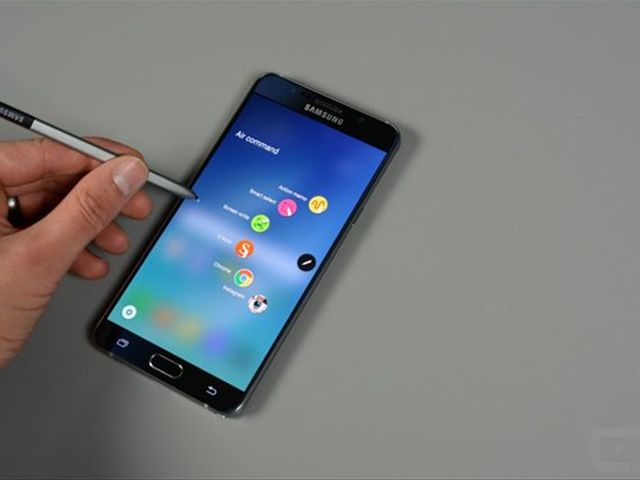Greenpeace warns of environmental disaster as Samsung dumps 4.3M phones

Seoul.-Samsung’s lack of transparency on the disposal of Galaxy Note 7 leaves tons ofprecious minerals at risk of being discarded into the environment. According tocalculations by Oeko-Institut, a research and consultancy institution based inGermany, 4.3 million smartphones contain more than 20 metric tons of Cobalt, approximatelymore than one ton of tungsten, one ton of silver, 100 kilograms of gold andbetween 20 and 60 kilograms of palladium.
Thesematerials could be recovered but would instead end up harming the environmentif Samsung doesn’t repurpose or reuse these precious minerals.
Samsung hasyet to make an official statement fully explaining the causes of the fault,despite a global recall of the Galaxy Note 7 and offering replacements. It hassaid that it will not recycle the phones and has still not offered any clarityon what it will do with the returned phones.
“Samsung nowhas an opportunity to set an example to the industry: will it recover and reusethe precious metals and other valuable materials in these 4.3 million devicesand avoid an environmental disaster or will it simply dump them?” said JudeLee, Senior IT Campaigner at Greenpeace East Asia. “We are launching a globalpetition challenging Samsung to not dump the phones and instead take thischance to totally rethink how it designs and produces its products.”
Millions ofphones were recalled worldwide after a number of high profile cases ofexploding Samsung Galaxy Note 7 devices. In April 2016, Samsung expected to sell 14 million Galaxy Note 7 deviceswithin the first two months since its official launch. Samsung has currentlyproduced 4.3 million devices and sold 1.8 million in more than 10 countriesincluding South Korea, USA, Canada, Mexico, Australia, New Zealand, Singapore,Taiwan, United Arab Emirates, and China.
In the USA -the country with the highest amount of phones sold with a total of 1 million -Samsung mentioned that their existing mobile takeback program does not apply tothe Galaxy Note 7, but has not stated how they will deal with the phones, orwhether the phones will go through recycling or smelting programs.
The GalaxyNote 7 incident reflects the disposable economic model of many smartphonemanufacturers and is having a negative impact on the brand’s reputation.Dumping millions of phones also raises the issue of Samsung’s transparency andclaims to support a ‘circular economy’, and of the responsibility associatedwith resource efficiency.
In 1995,following a defect in their newly produced Anycall phones, Samsung disposed of150,000 phones and set them alight. The Korean company might do the same toregain consumer trust, but Greenpeace urges Samsung to step up and use thiscrisis as an opportunity to adopt a more forward-thinking approach.
“This incidentshows how fragile and wasteful our current system of production is – a systemthat hasn’t changed since the industrial revolution. Samsung has an opportunityto rethink its production model – one that would improve recovery of preciousmetals and rare earth minerals, to design products that can be more easilyrepaired, recycled or reused,” said Lee.
In August,Greenpeace East Asia released results of a consumer survey which found thatmany people believed that phone manufacturers should be responsible forproviding people with the means to recycle their phones. Over half ofrespondents across the countries surveyed agree that manufacturers arereleasing too many new models every year.
Greenpeace iscalling on Samsung to not dump or burn the devices and minimize theenvironmental impact by finding alternative ways to reuse the resources. Itmust also be transparent and publish its plan on how it intends to deal withdismantling and disposing these phones.

















